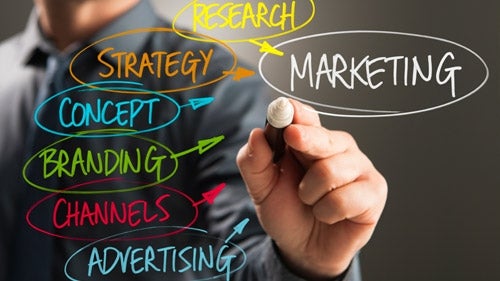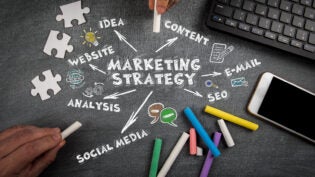
Never heard this term? You will. On-demand marketing is exactly as it sounds: Servicing customers 24/7. “Not just always ‘on,’ but also always relevant, responsive to the consumer’s desire for marketing that cuts through the noise with pinpoint delivery.”
This new technology will have a profound effect on B2C (business-to-consumer) marketing, so chances are that it will also have a major impact on B2B (business-to-business) as well as nonprofit and public marketing. Bottom line? It’s going to affect every small business and nonprofit organization in the next few years, beginning now.
First, let’s look at what your customers will expect:
According to Peter Dahlström and David Edelman, consumer demands will rise in four areas:
1. Now: Consumers will want to interact anywhere at any time.
2. Can I: They will want to do truly new things as disparate kinds of information (from financial accounts to data on physical activity) are deployed more effectively in ways that create value for them.
3. For me: They will expect all data stored about them to be targeted precisely to their needs or used to personalize what they experience.
4. Simply: They will expect all interactions to be easy.
(Want to see this in action? Check out the infographic below.)
One thing is clear, they say: “The consumer’s experiences with brands and categories are set to become even more intense and defining. That matters profoundly because such experiences drive two-thirds of the decisions customers make, according to research by our colleagues; prices often drive the rest.”
Sure, it sounds exciting! Yet, if the objective is to “mobilize to deliver high-quality experiences across sales, service, product use, and marketing,” I can’t help thinking of the resources required to stay in the game. How will smaller-budget entities keep up?
Perhaps, the first thing to acknowledge is that small businesses and nonprofits cannot do it all. You will never have the funds that large organizations have. But, you will need to adopt some new technologies you can afford. Before you even reach this juncture, there’s one thing you can do to prepare.
How to prepare now:
If your business or organization is not 100% customer-oriented now, it is at risk. That means that every individual—from the CEO to the newest hire—must have a customer-focused mindset. No organization can substitute technology to do this. It must be holistic and fluid, with technology complementing the culture. Every touchpoint needs to showcase an amazing brand experience.
You can’t offer a customer service training session and expect this to change the culture. Organizations—no matter their size—will need to subscribe to customer-orientation programs that include training, integration with performance expectations and reviews, incentives and rewards, and ongoing measurement. If a marketing and customer orientation doesn’t exist internally, it can’t exist externally.Marketing is about to change—again. How will your small business or nonprofit prepare? 
6445 Views












